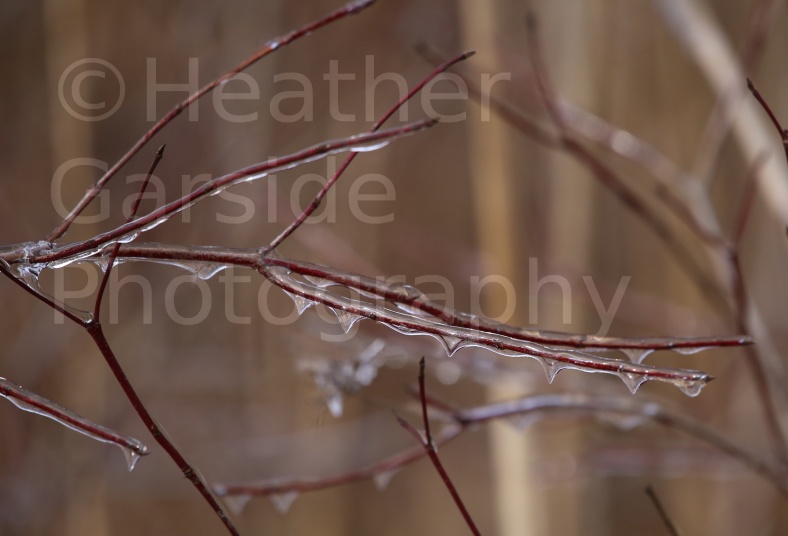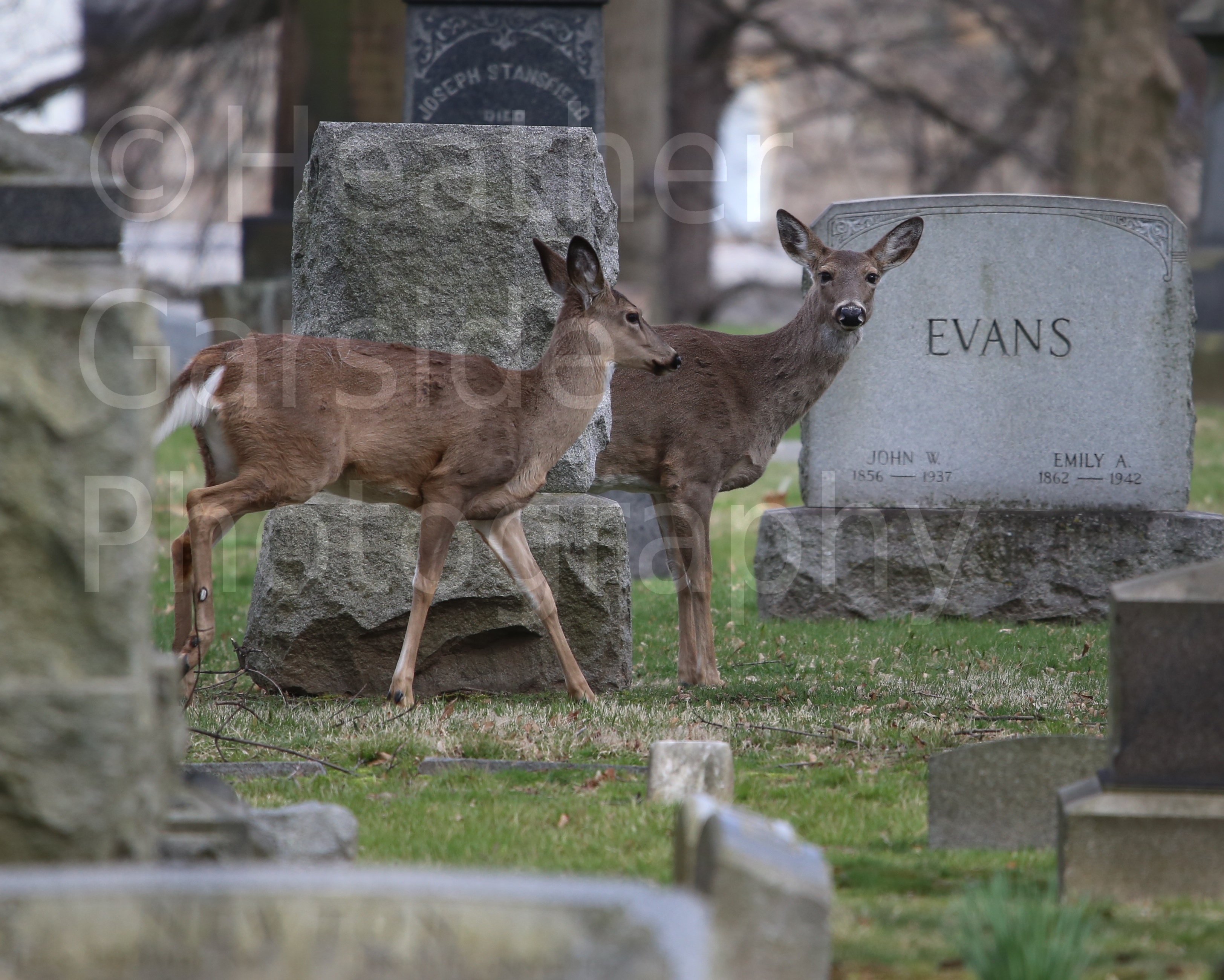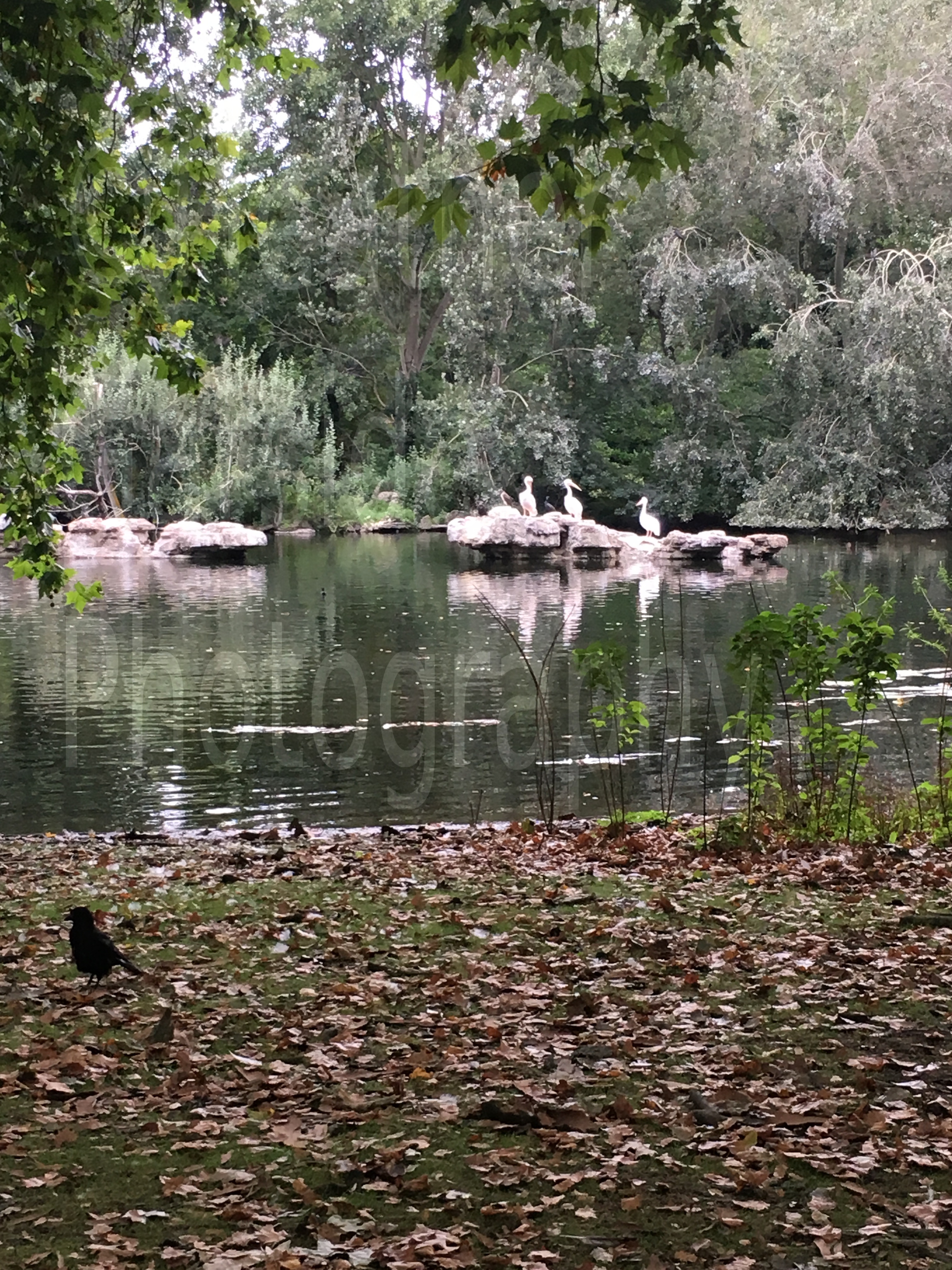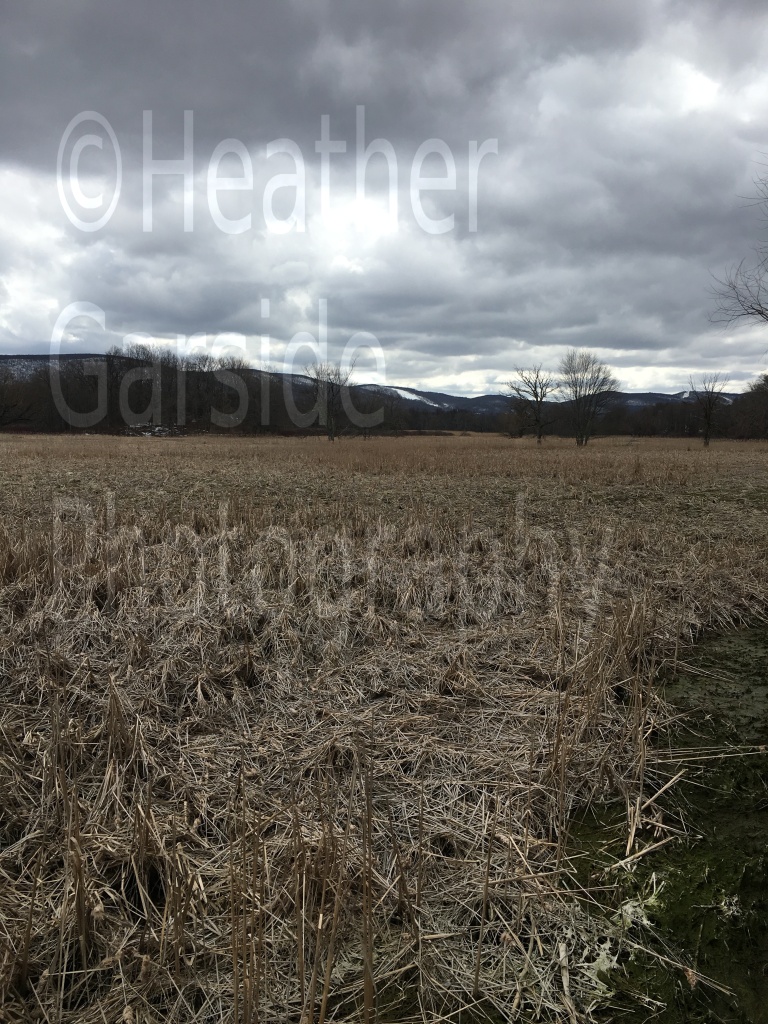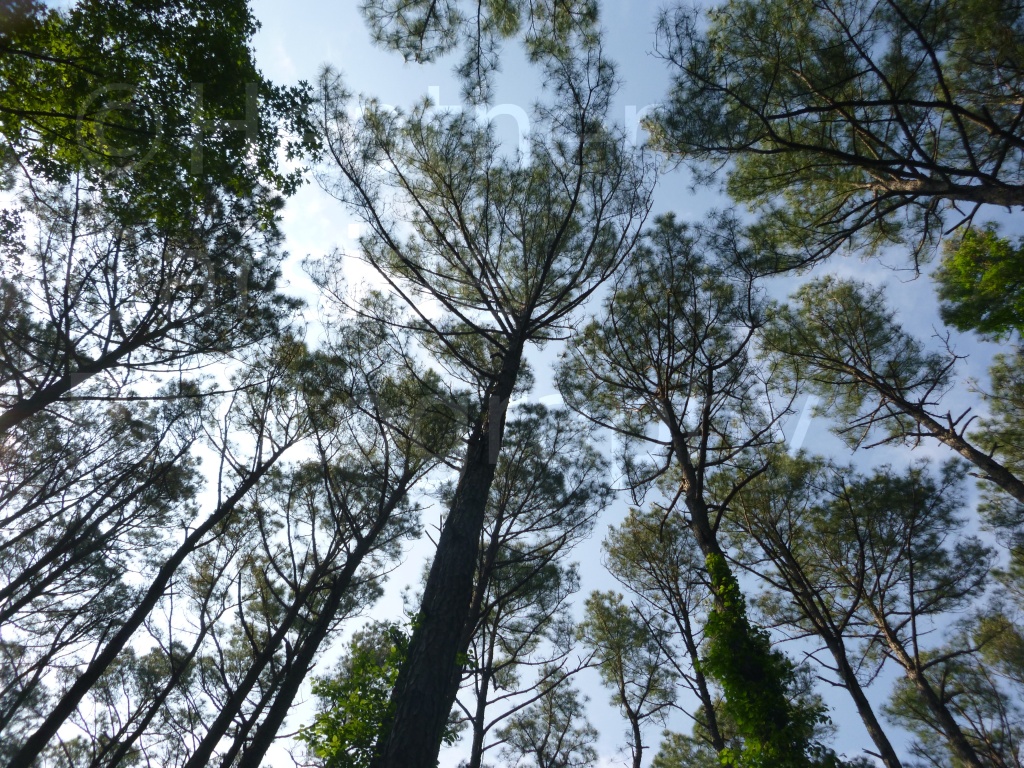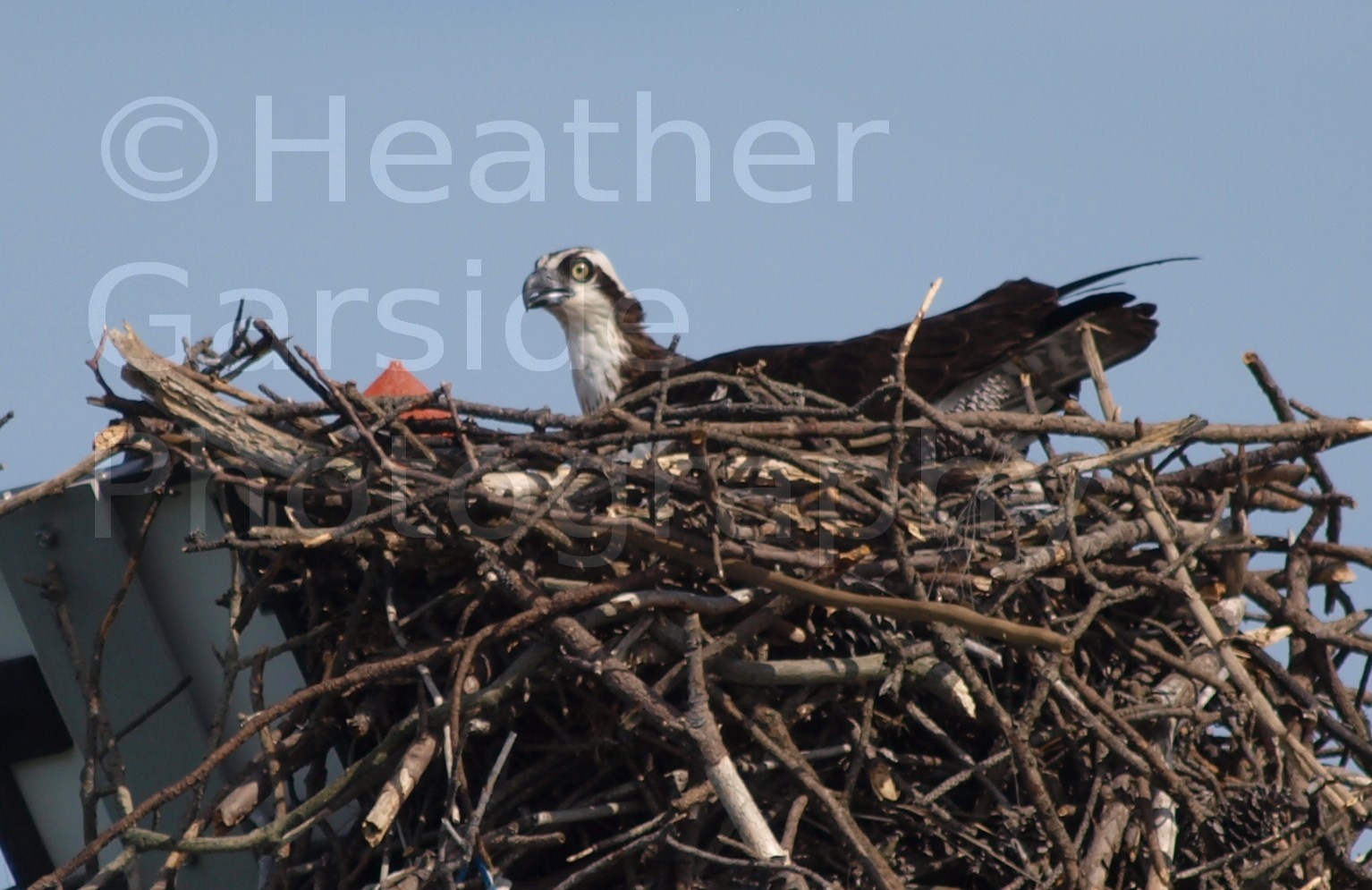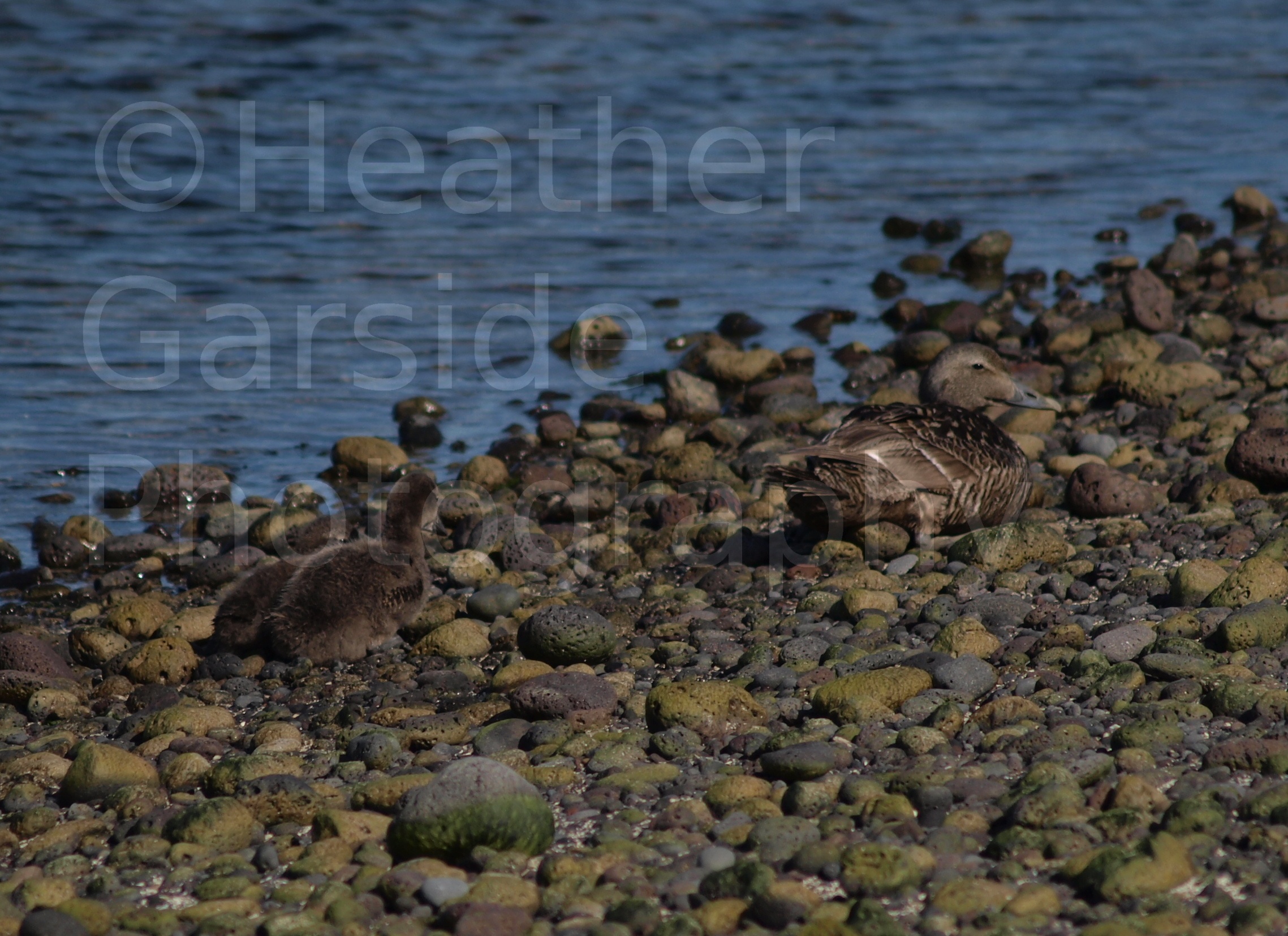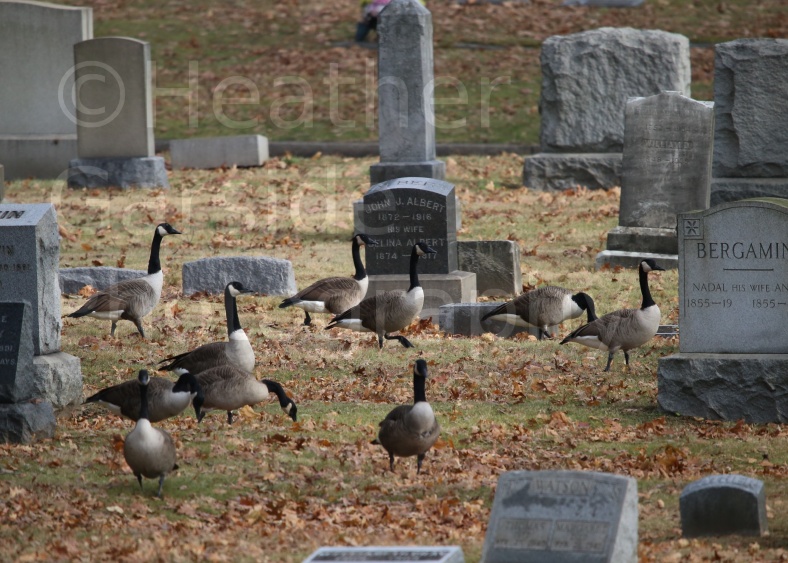
If you can stand the cold and have footwear you trust on the ice, winter bird watching can be very rewarding. For starters, the lack of vegetation makes spotting our feathered friends a lot easier. I really enjoy visiting the Celery Farms in Allendale during the winter. Not only is it close to home, but the trail never feels too difficult, even when it is a bit icy in spots. And of course, many of the Celery Farm’s residents stay year round.
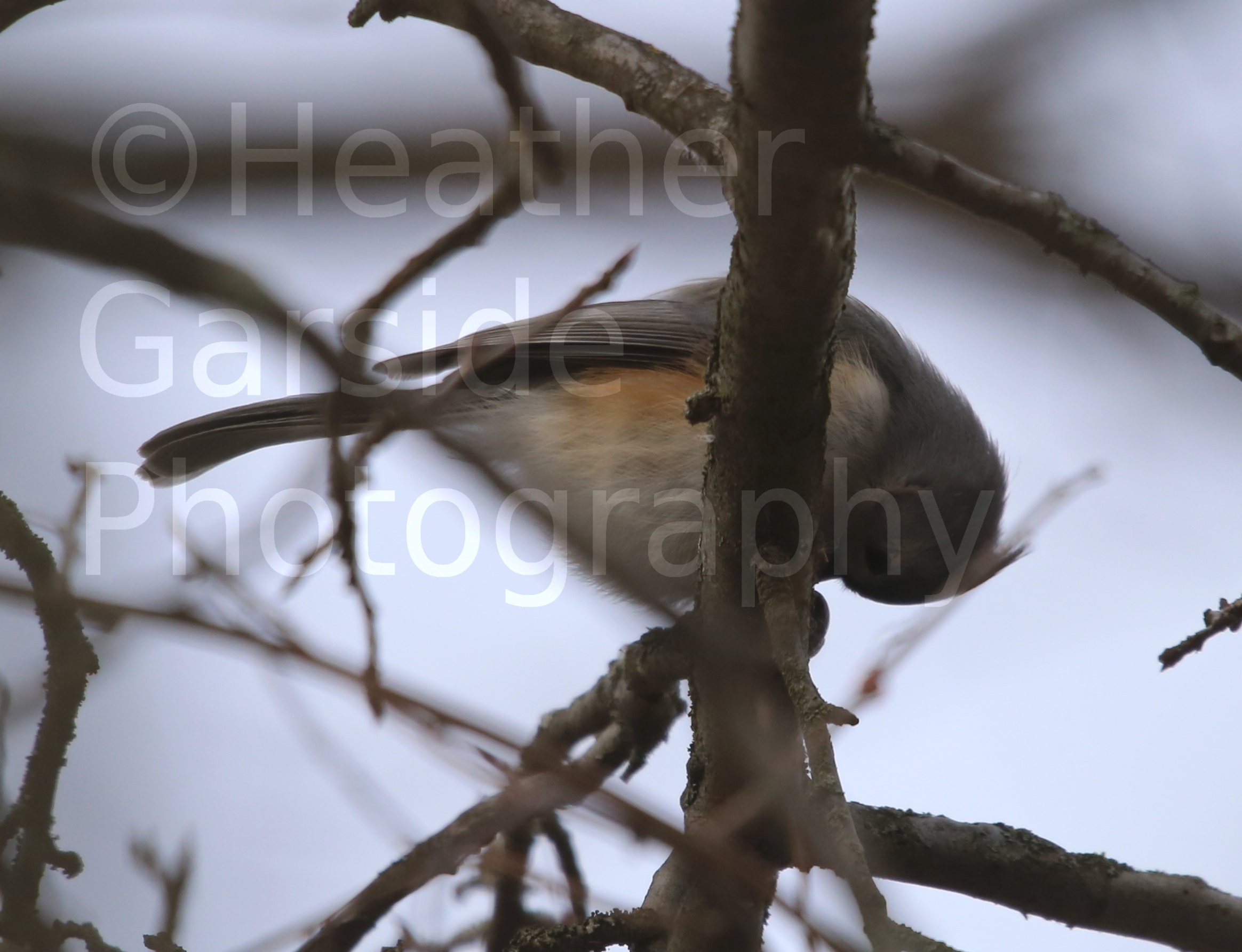
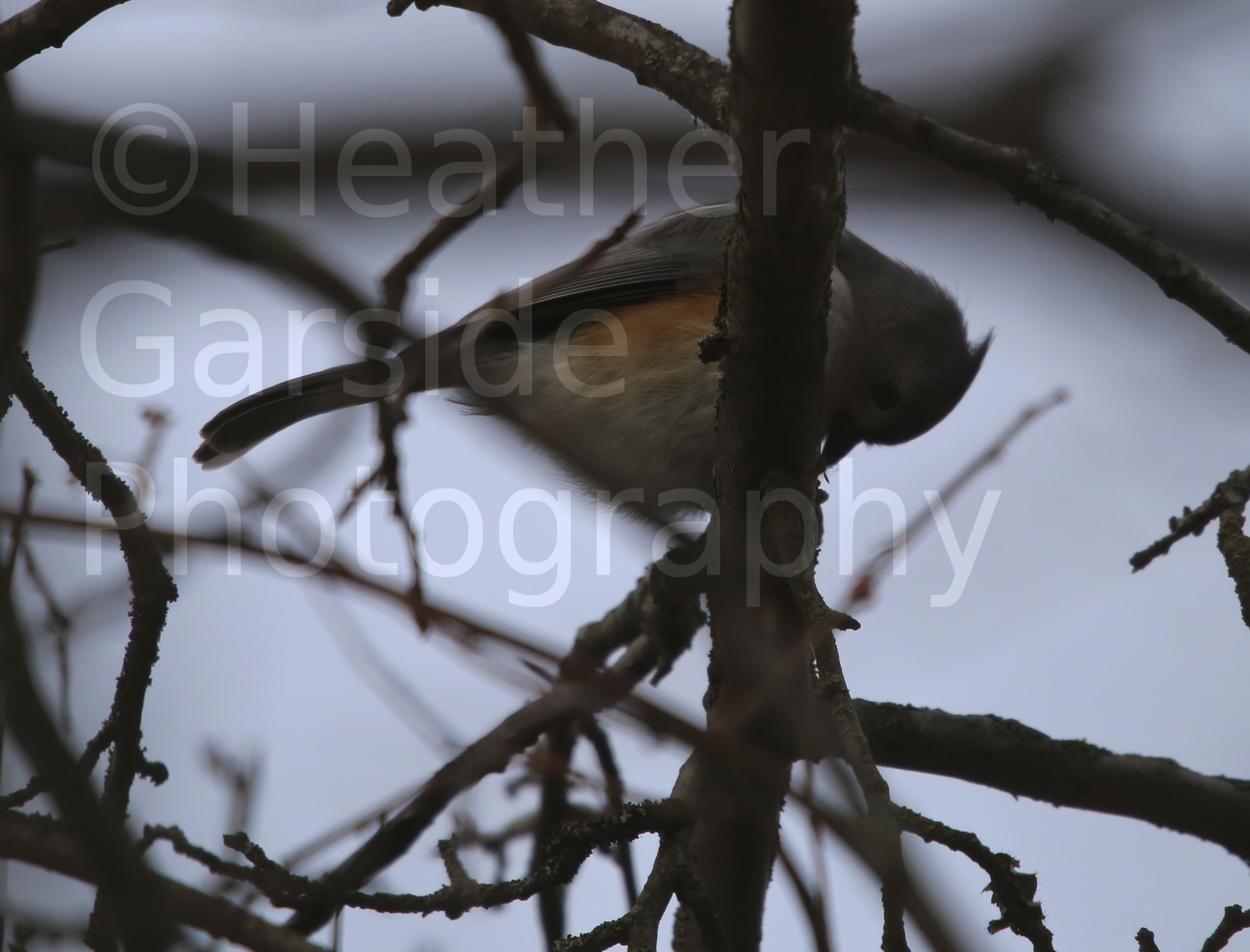
The butterflies and the warblers might be gone, but in late December you can still spot a lot of wildlife at the Celery Farms. The Tufted Titmouse sticks around for the winter. While these little guys are easy to spot at your feeder, among the vines and leaves they can sometimes be a bit more challenging to see. This one was so preoccupied with its meal that I was able to get a few shots that really showed of the rusty red on the side of its belly.
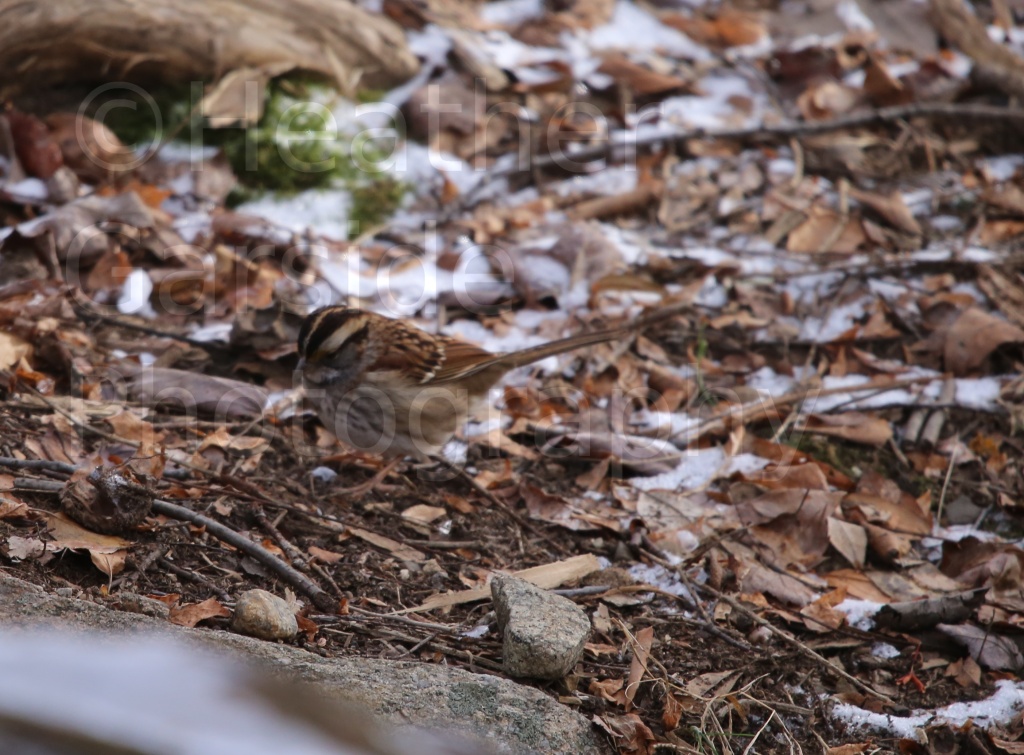
Many varieties of sparrows also stick out the winters of northern New Jersey. On this particular day we spotted a White-throated Sparrow. Among White-throated Sparrows there are two color variations with regard to the stripes on either side of their heads. Some birds have white stripes, while others have tan. White verses tan seems to have no bearing on mating or any other behavior and scientists are not really sure why the variation evolved. As you can see, the White-throated Sparrow we saw displayed tan stripes along either side of its head. They are simply less vibrant than the white feathers displayed by others of the species.

We also spotted an American Tree Sparrow. I am pretty confident the American Tree Sparrow was a juvenile, based on its heavily streaked belly. The American Tree Swallow can easily be confused with many other sparrow varieties. It has a rusty colored cap on the top of its head, similar to that of a Chipping Sparrow. If fact it has been nicknamed Winter Chippy because of this similarity. There is a telling dark mark in the center of the American Tree Sparrow’s chest which helps to distinguish it, but you have to be lucky enough to see it from the right angle.

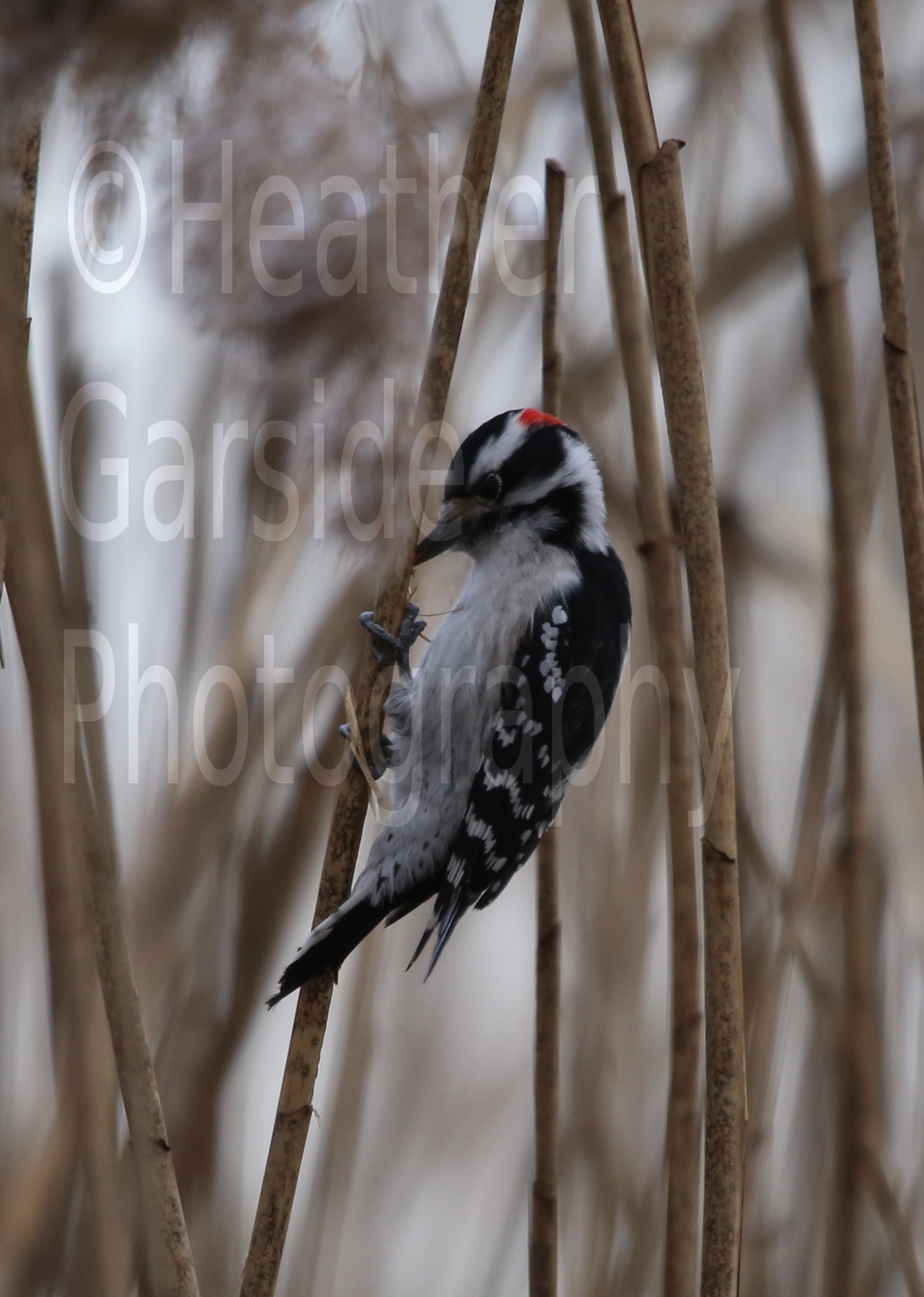
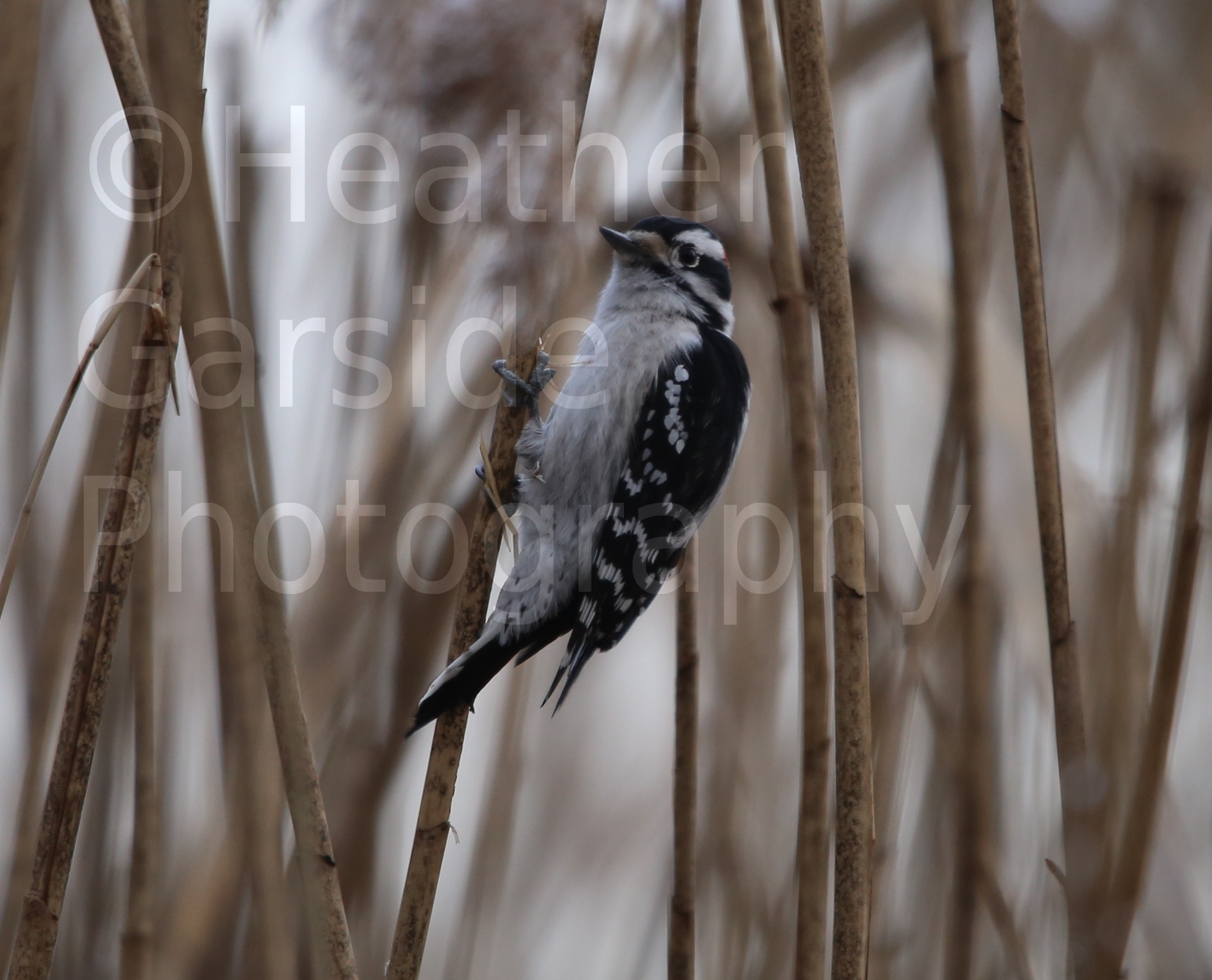
Woodpeckers are present in this preserve in every season. We spotted a few Hairy Woodpeckers trying to find sustenance in the reeds along the edge of the pond. I am not sure if they were very successful, but they certainly were determined as they kept pecking away. It just demonstrates how useful and versatile their talons can be, gripping the thin reeds as effectively as rough tree bark.

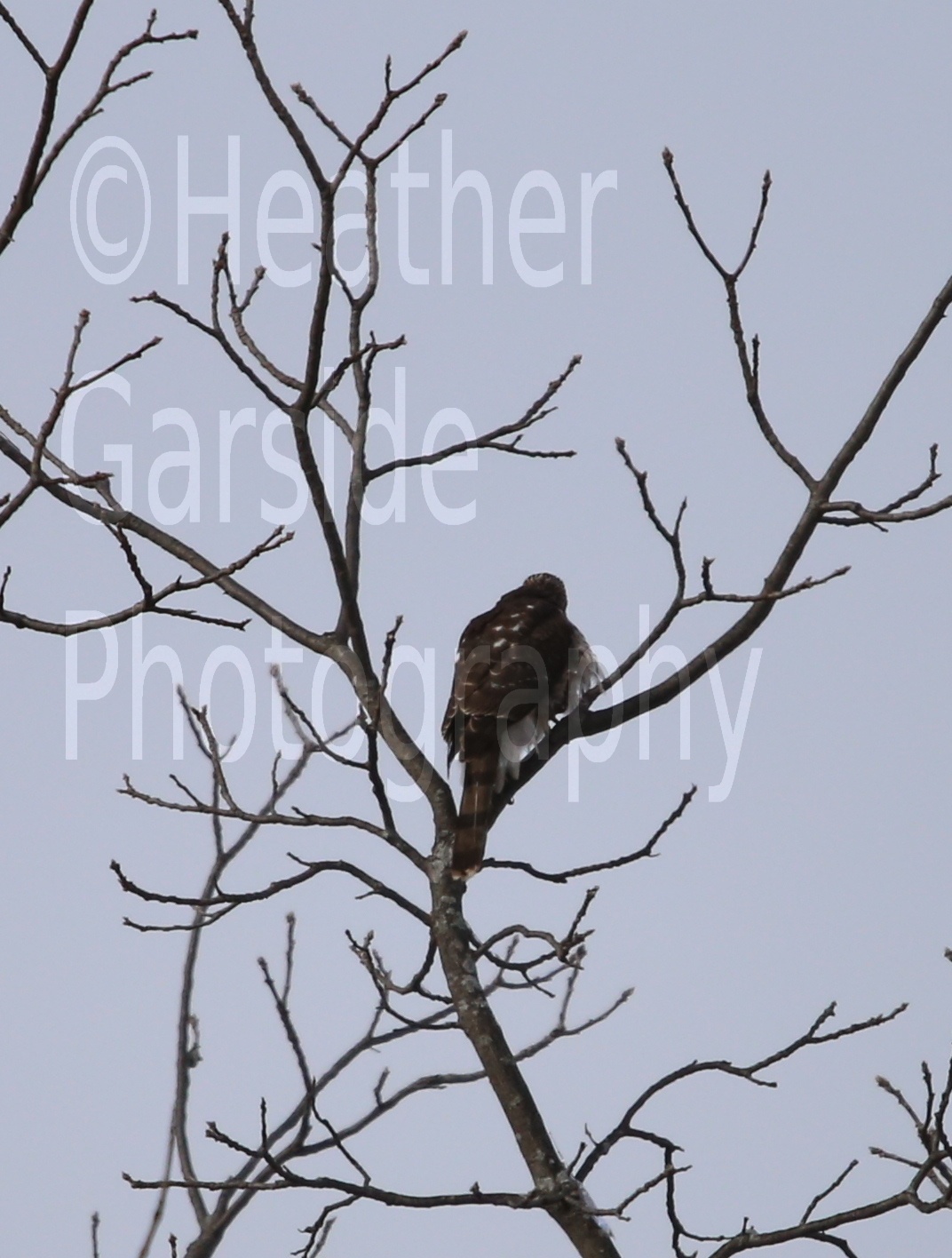
The bald winter trees also help to see further distances than would be possible in the spring. Therefore, we were able to spot this Sharp-Shinned Hawk perched up on a tree in the distance, the first I have ever identified. About half the size of the Red-Tailed Hawk, it measures about 20-25 inches. Notice the bars on its tail and the spots of white feathers across its back, known as vent feathers. The Sharp-Shinned Hawk likes to fly at a very low level where it can catch songbirds. It is unclear if it was just taking a break or if it was using this high vantage point as a lookout for dinner. Regardless of its actual purpose, the pose does give the impression of a regal personage, surveying its kingdom.
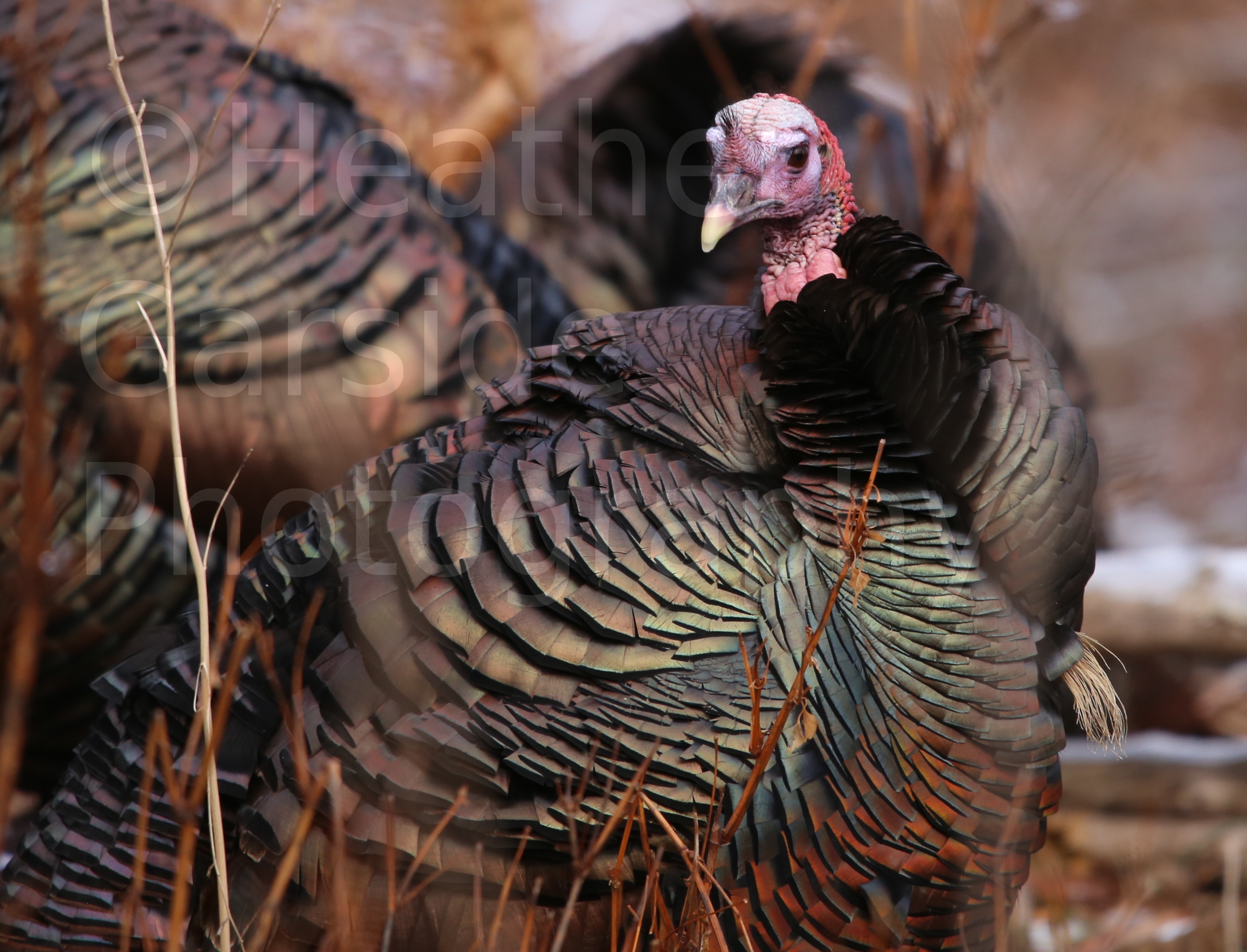
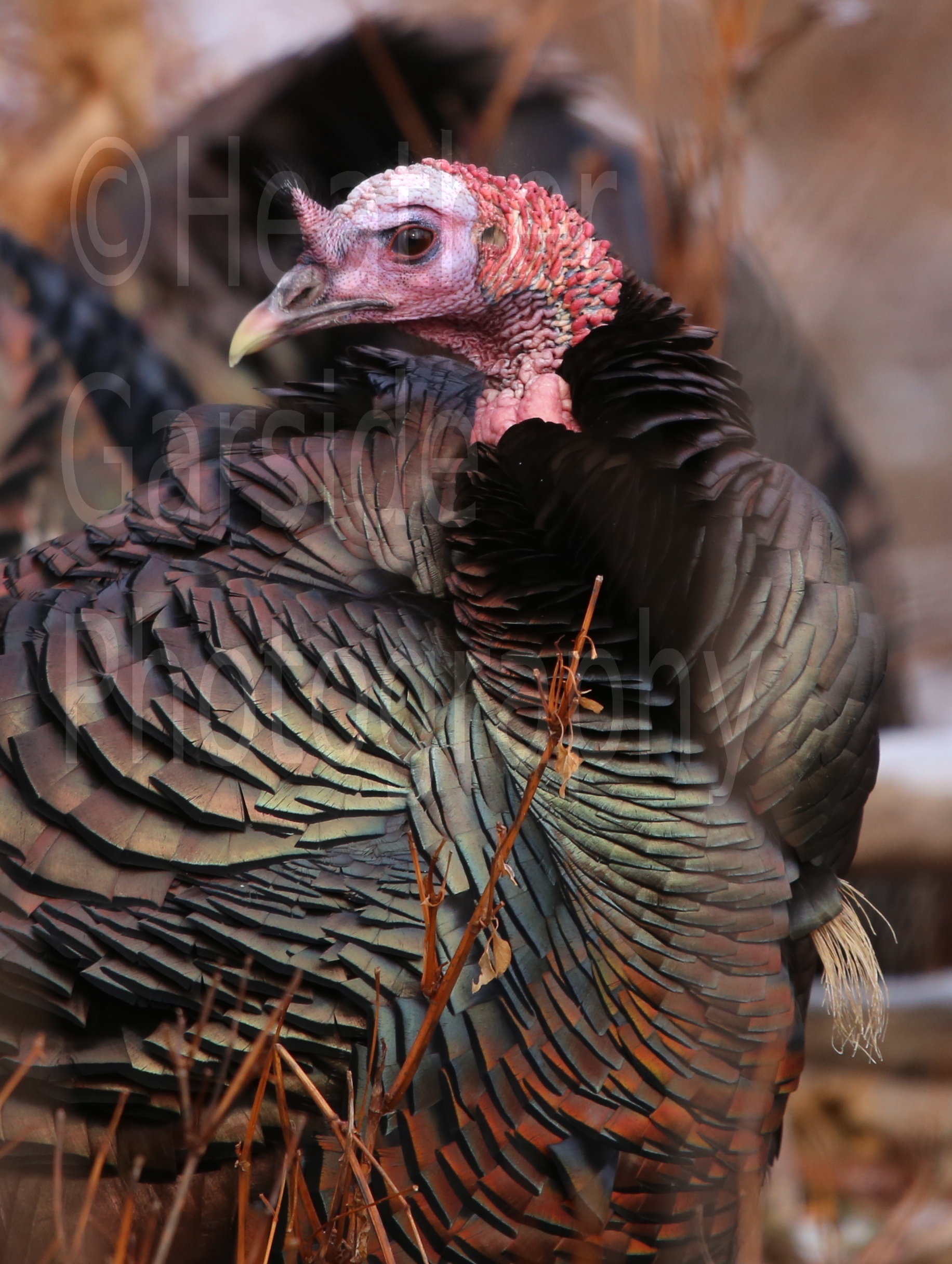
The Wild Turkeys that live at the Celery Farm year round are also easier to find in the winter. In the spring and summer I can often hear them, their distinct gobble shattering the silence of the space. However, despite their enormous girth, they really keep themselves hidden on the edges of the preserve. Their feathers provide a very effective camouflage against the forest. Measuring three to four feet, and usually assembled in a flock of several birds, it is hard to believe how well they can lose themselves among the vegetation. Again, the absence of leaves in the winter really helps one spot these birds birds.

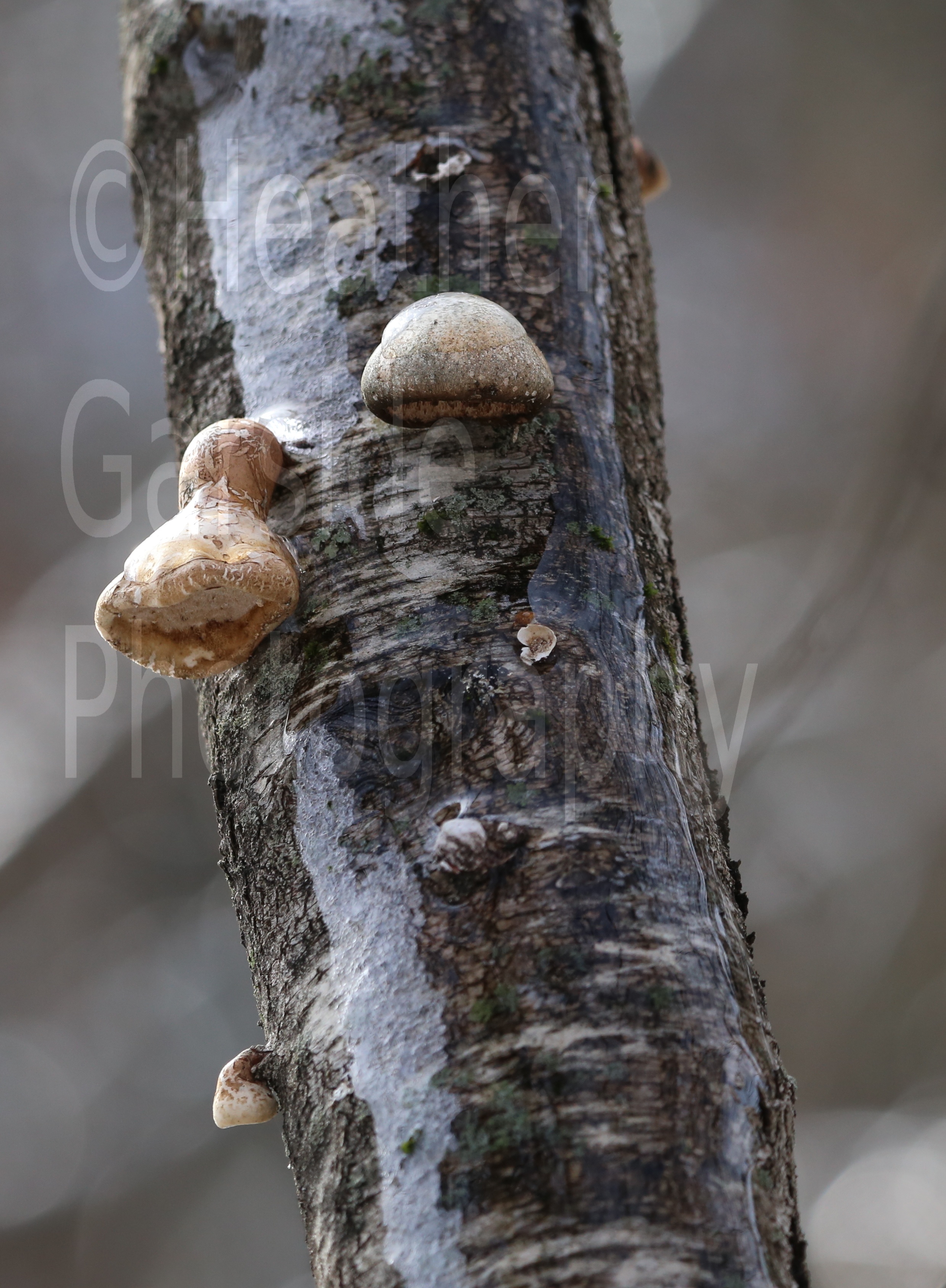
The Celery Farm’s four legged residents also stick around in the winter. The deer are often less active, but if you look out along the forest floor, you are likely to see some furry ears peaking up. And of course, the lack of leaves also provides a different view of the mushrooms, and the remaining plants.
So bundle up and get out there for a winter walk…you will enjoy it!
